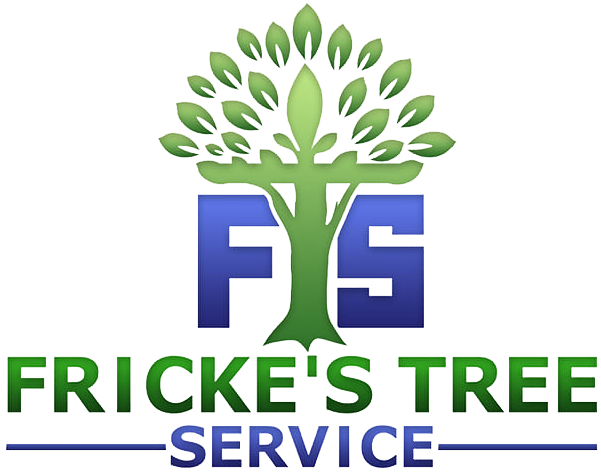Fricke's Tree Service
The Science Behind Safe Tree Removal
When it comes to tree removal, safety is paramount. Understanding the science behind safe tree removal not only protects the individuals involved but also ensures the surrounding environment remains unharmed. This blog post delves into the essential techniques and considerations that make tree removal a safe and efficient process.
Understanding the science behind safe tree removal is essential for both safety and environmental stewardship. By following proper assessment, using the right equipment, employing safe techniques, and considering environmental impacts, tree removal can be conducted efficiently and responsibly. This not only protects the individuals involved but also ensures that the surrounding ecosystem remains intact and healthy for future generations.
The Importance of Tree Assessment
Before any tree is removed, a thorough assessment is crucial. This involves evaluating the tree's health, structure, and location. Key factors to consider include:- Tree Health: Is the tree diseased or infested with pests? Assessing the health of the tree can help determine if it poses a risk to nearby structures or people.
- Structural Integrity: Are there any visible cracks or weaknesses? A compromised structure can lead to unpredictable falling patterns during removal.
- Surrounding Environment: What is nearby? Are there power lines, buildings, or other trees? Understanding the surroundings is essential for planning a safe removal strategy.
Choosing the Right Equipment
Using the appropriate tools is vital for safe tree removal. Some essential equipment includes:- Chainsaws: For cutting through thick branches and trunks, ensuring they are well-maintained is crucial for safety and efficiency.
- Ropes and Harnesses: To secure workers and control falling branches, these tools help manage the tree's descent and protect those involved in the removal process.
- Protective Gear: Helmets, gloves, and goggles to ensure safety. Wearing the right protective equipment can prevent injuries from falling debris or equipment malfunctions.
Techniques for Safe Tree Removal
There are several techniques that professionals use to ensure safe tree removal:- Directional Felling: Planning the direction in which the tree will fall is essential to avoid hazards and ensure a clear landing zone.
- Climbing and Rigging: For trees in tight spaces, climbers can remove branches systematically, reducing the risk of damage to surrounding structures.
- Sectional Dismantling: Taking down the tree piece by piece to minimize risk. This method is particularly useful in urban areas where space is limited.
Environmental Considerations
Tree removal can impact the local ecosystem. Here are some considerations to keep in mind:- Wildlife Habitat: Ensure that the removal does not disturb local wildlife. Many species depend on trees for shelter and food, so timing and method are important.
- Soil Erosion: Plan for replanting or stabilization to prevent erosion. Removing a tree can destabilize the soil, leading to potential erosion issues.
- Local Regulations: Be aware of any laws regarding tree removal in your area. Some regions have specific guidelines to protect certain species or habitats.
Post-Removal Practices
After a tree has been removed, it’s important to follow up with proper practices:- Stump Grinding: This prevents regrowth and allows for landscaping. Grinding the stump can also help avoid tripping hazards.
- Site Cleanup: Remove debris to maintain a safe environment. Clearing the area of branches and wood chips is essential for safety and aesthetics.
- Replanting: Consider planting a new tree to replace the one removed. This helps maintain the ecological balance and contributes to the environment.
Understanding the science behind safe tree removal is essential for both safety and environmental stewardship. By following proper assessment, using the right equipment, employing safe techniques, and considering environmental impacts, tree removal can be conducted efficiently and responsibly. This not only protects the individuals involved but also ensures that the surrounding ecosystem remains intact and healthy for future generations.
SHARE POST
RECENT POSTS
Interested in Our Services?
Get in touch today to discuss your next project and we will happy to answer any questions and provide you with a no-obligation FREE Estimate.







